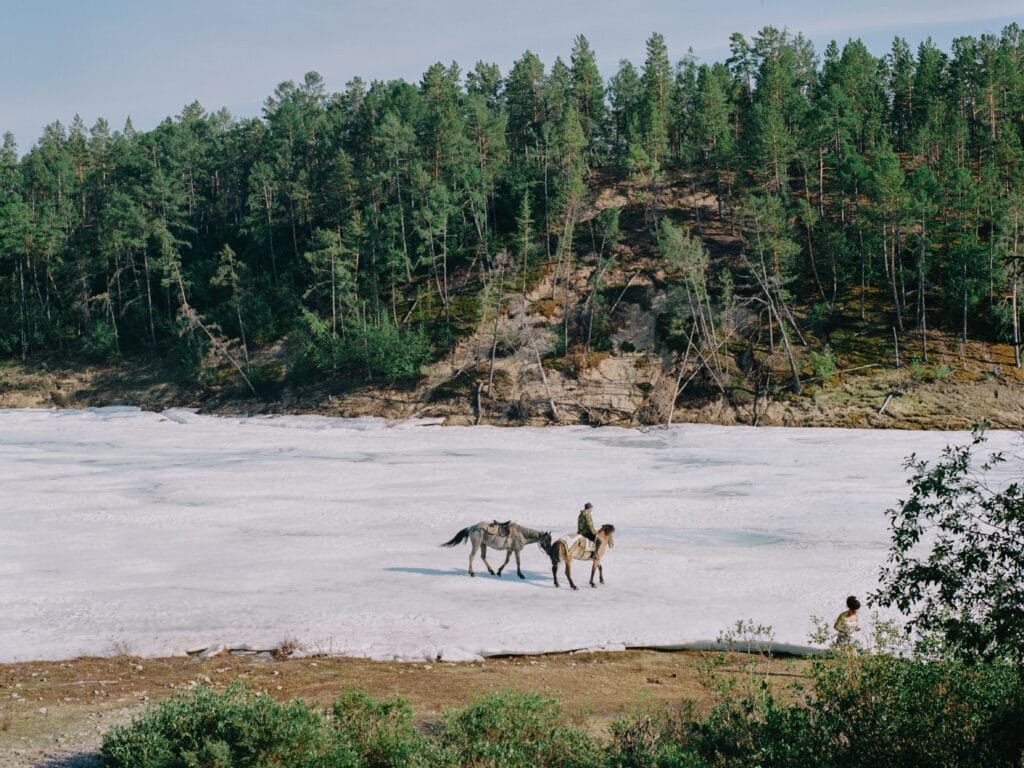The World Press Photo Contest recognizes the best photojournalism and documentary photography of the previous year. This year, the winners were chosen out of 64,823 photographs and open format entries, by 4,066 photographers from 130 countries.
World Press Photo of the Year: Kamloops Residential School
Amber Bracken, Canada, for The New York Times
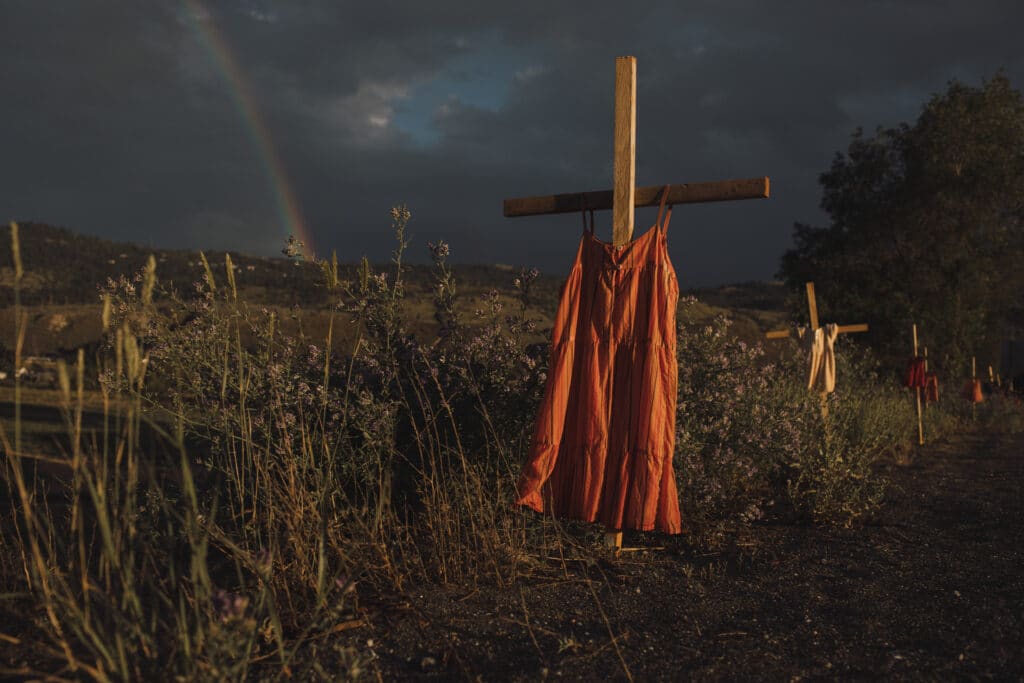
Red dresses hung on crosses along a roadside commemorate children who died at the Kamloops Indian Residential School, an institution created to assimilate Indigenous children, following the detection of as many as 215 unmarked graves, Kamloops, British Columbia, 19 June 2021.
Global jury chair Rena Effendi said about this image: “It is a kind of image that sears itself into your memory, it inspires a kind of sensory reaction. I could almost hear the quietness in this photograph, a quiet moment of global reckoning for the history of colonization, not only in Canada but around the world.”
World Press Photo Story of the Year: Saving Forests with Fire
Matthew Abbott, Australia, for National Geographic/Panos Pictures
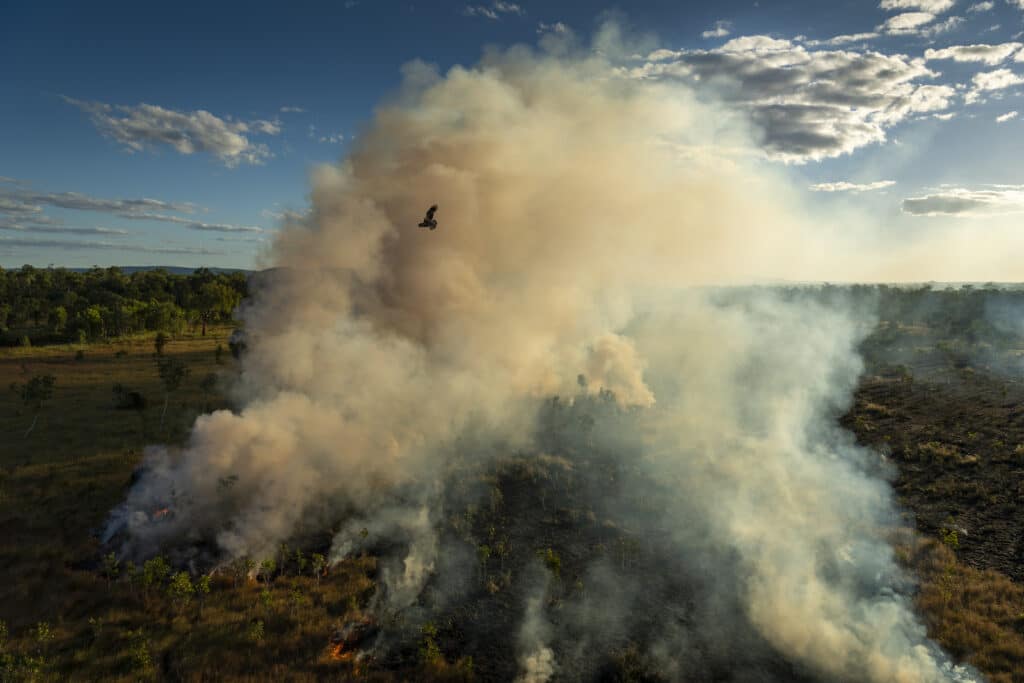
Indigenous Australians strategically burn land in a practice known as cool burning, in which fires move slowly, burn only the undergrowth, and remove the build-up of fuel that feeds bigger blazes. The Nawarddeken people of West Arnhem Land, Australia, have been practicing controlled cool burns for tens of thousands of years and see fire as a tool to manage their 1.39 million hectare homeland. Warddeken rangers combine traditional knowledge with contemporary technologies to prevent wildfires, thereby decreasing climate-heating CO2.
Global jury chair Rena Effendi told about this story: “It was so well put together that you cannot even think of the images in disparate ways. You look at it as a whole, and it was a seamless narrative.”
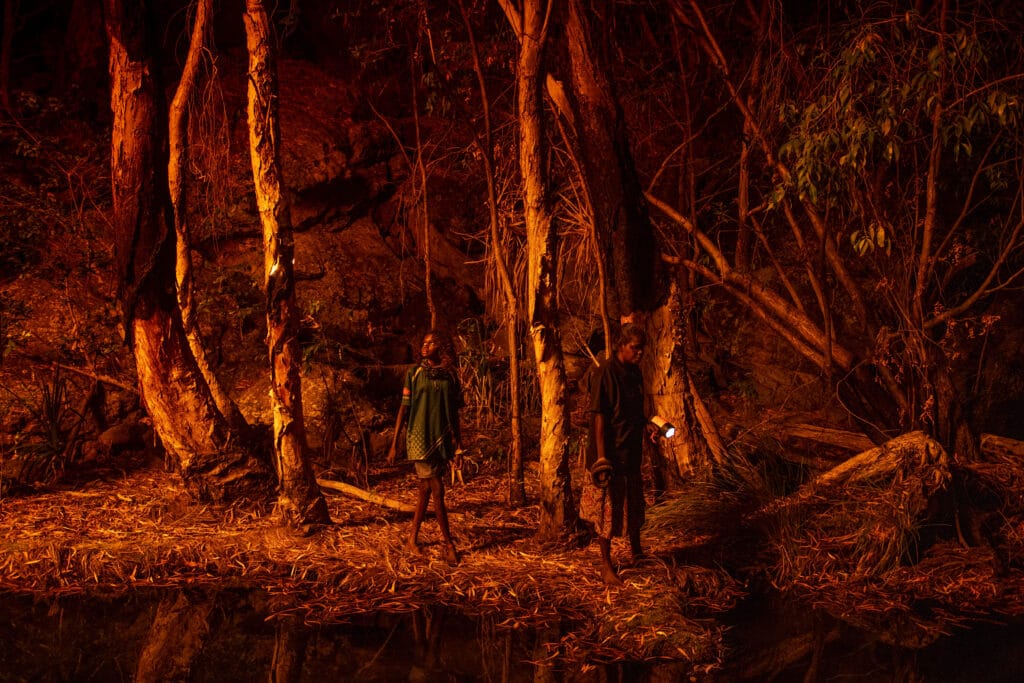
World Press Photo Long-Term Project Award: Amazonian Dystopia
Lalo de Almeida, Brazil, for Folha de São Paulo/Panos Pictures
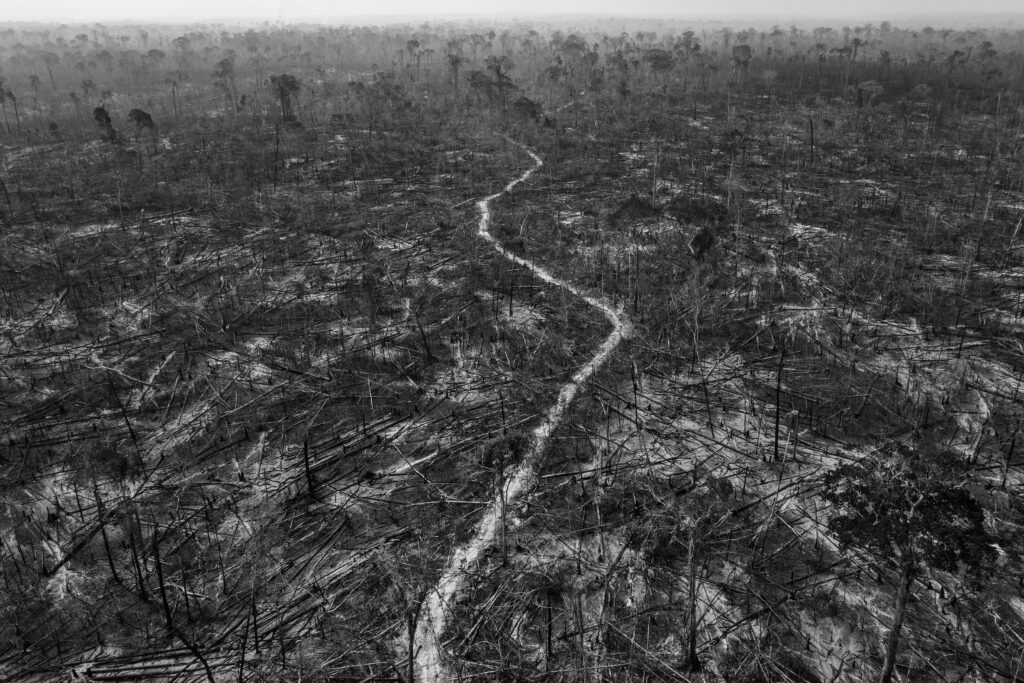
The Amazon rainforest is under great threat, as deforestation, mining, infrastructural development and exploitation of other natural resources gain momentum under President Jair Bolsonaro’s environmentally regressive policies. Since 2019, devastation of the Brazilian Amazon has been running at its fastest pace in a decade. An area of extraordinary biodiversity, the Amazon is also home to more than 350 different Indigenous groups. The exploitation of the Amazon has a number of social impacts, particularly on Indigenous communities who are forced to deal with significant degradation of their environment, as well as their way of life.
Global jury chair Rena Effendi said about this story: “This project portrays something that does not just have negative effects on the local community but also globally, as it triggers a chain of reactions on a global level.”
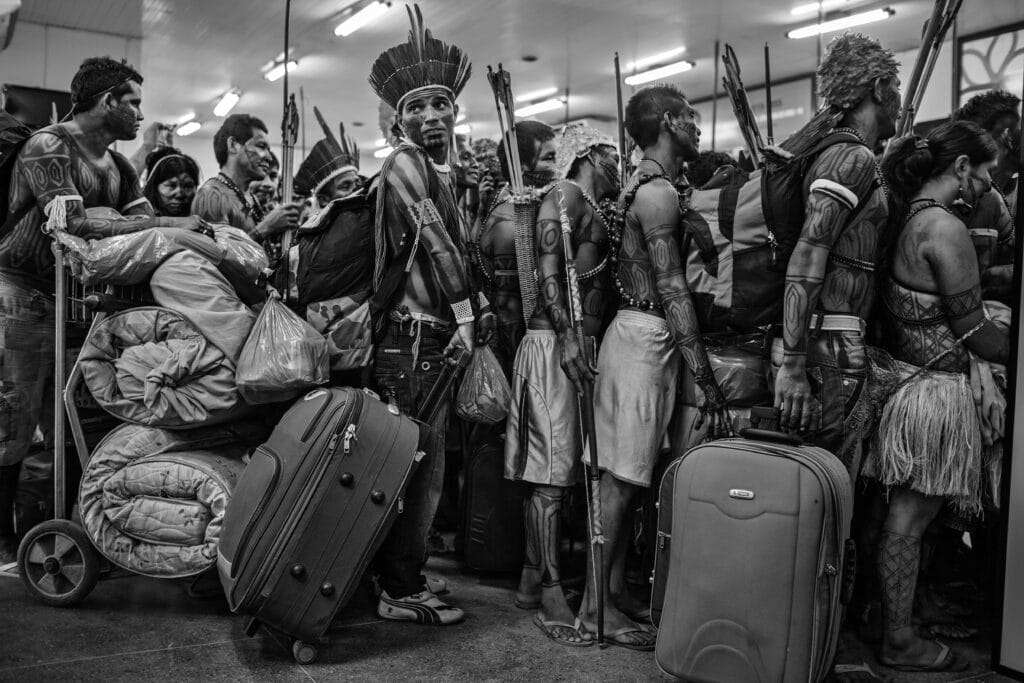
World Press Photo Open Format Award: Blood is a Seed
Isadora Romero, Ecuador
Through personal stories, Blood is a Seed (La Sangre Es Una Semilla) questions the disappearance of seeds, forced migration, colonization, and the subsequent loss of ancestral knowledge. The video is composed of digital and film photographs, some of which were taken on expired 35mm film and later drawn on by Romero’s father. In a journey to their ancestral village of Une, Cundinamarca, Colombia, Romero explores forgotten memories of the land and crops and learns about her grandfather and great-grandmother who were ‘seed guardians’ and cultivated several potato varieties, only two of which still mainly exist.
Global jury member (and chair of the North and Central America jury), Clare Vander Meersch said on this project: “There are so many layers to this narrative in terms of her use of audio, video, stills and sequencing.”
Additonnally, every regional winner (all winners are available here) of the contest receives a monetary prize of €1,000, inclusion in the annual worldwide exhibition, inclusion in the annual yearbook, publication and a personal profile on the World Press Photo website, promotion on World Press Photo platforms, an invitation to the Winners’ Program, and a physical award. In addition to their regional prizes, global winners will also receive an additional monetary prize of €5,000 and an additional physical award.
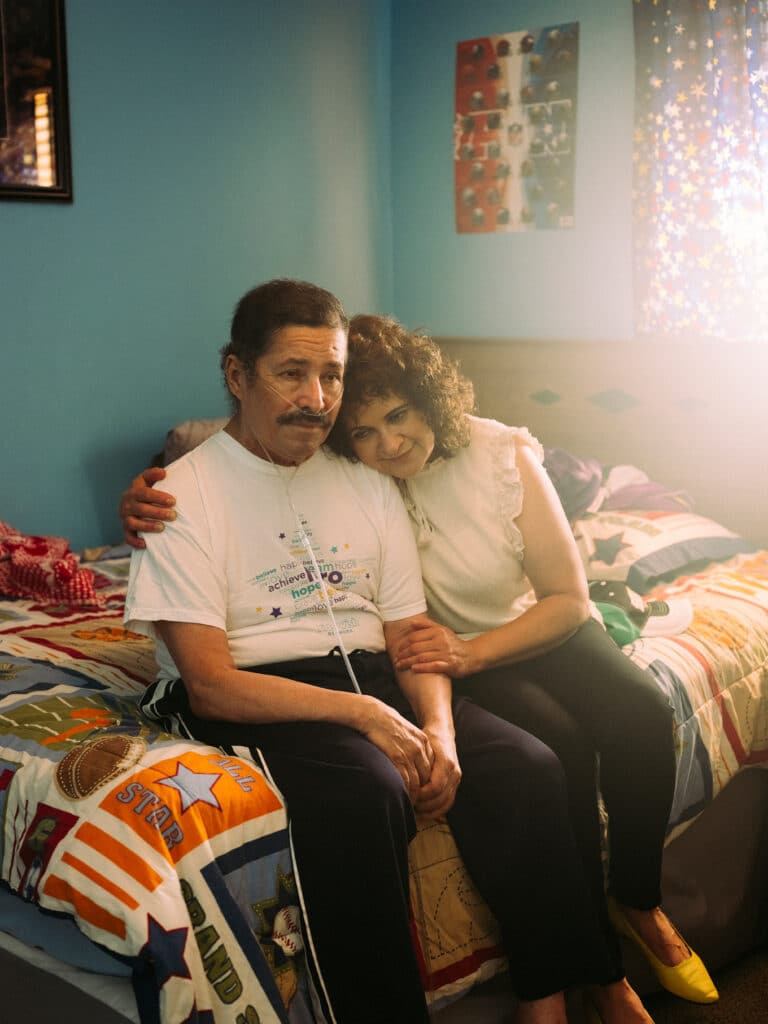
Judging of the 2022 World Press Photo Contest took place from 17 January to 2 March 2022. It involved regional juries and a global jury. The regional juries first made a selection of entries per category in their regions, after which the global jury decided on the regional winners, and from those, the global winners..
The World Press Photo Exhibition 2022 will premiere at De Nieuwe Kerk in Amsterdam, the Netherlands, on 15 April before starting its global tour. Upcoming exhibitions are confirmed and added to the calendar throughout the year. The 2021 exhibition was shown at 66 locations in 29 countries.
The newly redesigned World Press Photo Yearbook 2022 showcases the prize-winning images, stories and productions from the Contest. The Yearbook contains in-depth essays and a jury report for context and reflection. The book will be published in six languages and will be available from early May.
